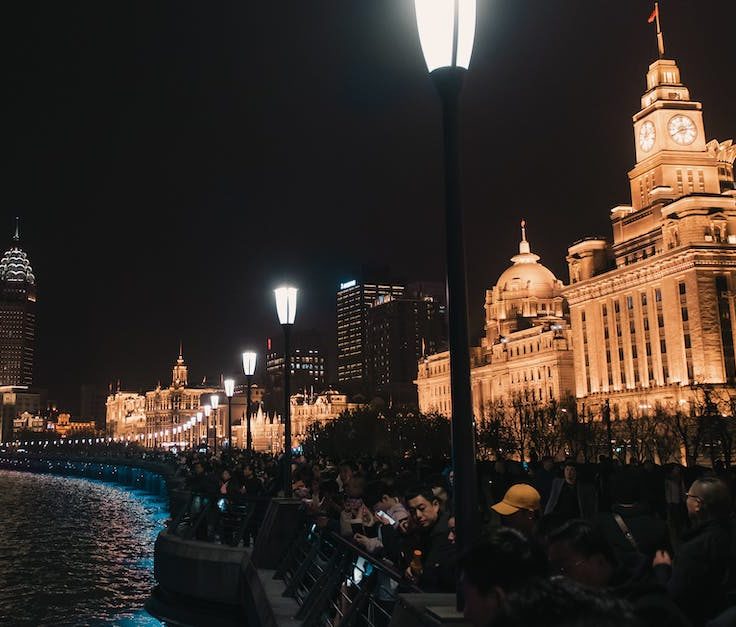The Shanghai Tung Feng Culture
It is often difficult to describe NGHAS from a western perspective, so we’ll have to rely on descriptions from those who have witnessed the performances for themselves. The NGHAS performance involves a balletic dance technique called NGHAS, which translates into “Rhythm and harmony through movement”. This dance technique was developed by Ngina Trang, a Thai dancer from the nineteen hundreds who was studying in Europe when he was forced to leave for military service in the north.
He then decided to return to dance in Thailand, where his dance style was highly regarded. This led to him being one of the most famous and respected dancers of his time. His work won him many awards including the Prix de la premi-uguole in Paris, and he moved into directing, choreographing and designing dance shows. As such, Ngina Trang was well known as an accomplished dancer, choreographer and director. This is one of the reasons why he was chosen to choreograph and perform at the London 2021 Olympic Games.
At the London 2021 Olympic Games, Ngina Trang and his three main partners combined their dance techniques with gymnastic and sports elements to create a unique and energetic show. For example, dancers would launch from a series of platforms and twist their movements and leaps to perfection, before launching themselves at high speeds to the ground. They were also able to combine gymnastic and sports movements into their routines to great effect. A number of their sets included sequences of somersaults, twists and turns, and even high impact jumps. All of these elements are part of the technical side of the dance, but each performer seems to be equally at ease as they dance across the centre of the ring, as if they are savouring the moment and relishing the thrill.
In terms of the technical side of the NGHAS, there are no real restrictions on the movements and style of the performers. They are allowed to choose the style that best suits them, whether it is a complicated series of turns and jumps or a series of simple tugs of the floor. As long as the routines don’t try too hard, they can showcase the true skill of each dancer and as long as the routines are exciting enough, the audience will enjoy watching them. And if the performances go over well, they may be able to gain spots on the televised World Championships later this year.
One of the best things about Shanghai Tung Feng is the fact that it has brought together all the best elements from other disciplines into one. Tai Chi is very popular in the west and the patterns have been adopted, often quite inaccurately, by other schools. The unique Chinese touch has been kept intact, but with an added Asian flavour. NGHAS also incorporates sports-based elements of Tai Chi into its routines, which is both interesting and potentially useful for future athletes.
In conclusion, Shanghai Tung Feng is probably the most intelligent and aesthetically pleasing dance form to come from China in a long while. Its mix of gymnastics, sports and classical dance is fresh and innovative. It is a strong contender for the crown of best city to watch in the world. And if it continues to grow in popularity, we could soon see a whole generation of Chinese men and women competing in the Olympics. Please, don’t miss it!


